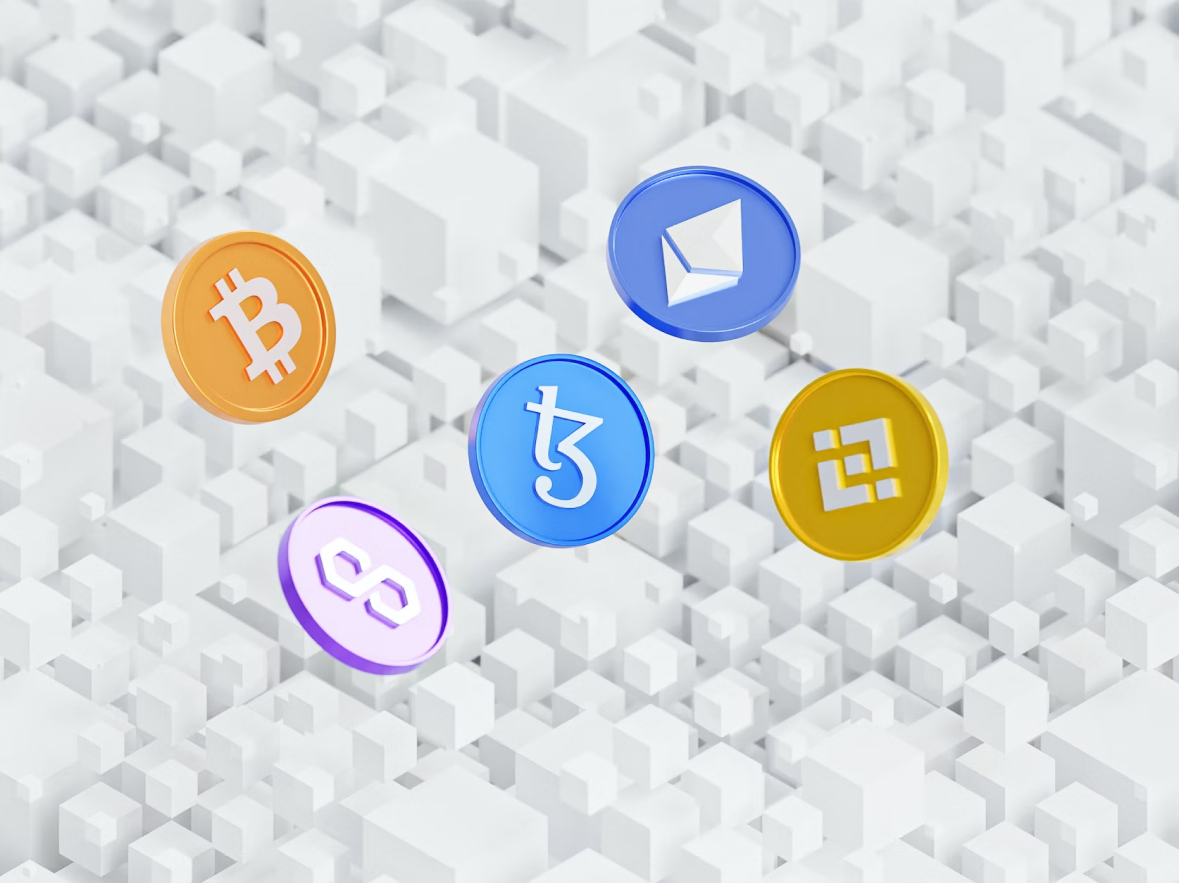Ripple has applied for a US banking license

Ripple has applied for a US banking license, becoming the latest crypto company to seek a foothold in mainstream finance. The rush to secure banking services is linked to the new requirements for regulated stablecoins, which require proof of bank reserves.
Ripple has applied for a US banking license, seeking a foothold in mainstream finance, reported the Wallstreet Journal. The issuer of XRP made the unexpected move after years of aiming to replace banking.
Ripple’s move follows the bid of Circle to gain access to a banking license and store its USD reserves backing the USDC stablecoin and other assets. More crypto companies are seeking a link to mainstream finance, as a response to the GENIUS bill on the required stablecoin reserves.
Ripple still manages cross-border payments through its distributed ledger and has recently launched dollar-backed stablecoin RLUSD. Securing a banking license will give Ripple full control of the RLUSD fiat reserves.
The banking license may go further than just serving the purposes of RLUSD. Multiple crypto projects are seeking to create a bank to fill the niche of the bankrupt Silicon Valley Bank.
If Ripple fails to secure a banking license, it would still be able to launch a fully regulated stablecoin, as the GENIUS bill envisions multiple types of legal issuers. Nonbank entities will also be able to issue stablecoins, but local banks will also have a convenient regulatory framework to launch tokens.
Ripple seeks further proof of RLUSD reliability
The co-founder and CEO of Ripple, Brad Garlinghouse, reiterated the backing of RLUSD as one of the main motivators to seek a bank license. Ripple seeks a national bank charter from the OCC, meaning compliance with both state and federal oversight.
Garlinghouse recalled Ripple also sought out a Fed Master Account, meaning RLUSD reserves could also be stored directly with the Fed.
True to our long-standing compliance roots, @Ripple is applying for a national bank charter from the OCC. If approved, we would have both state (via NYDFS) and federal oversight, a new (and unique!) benchmark for trust in the stablecoin market.
Earlier in the week via… https://t.co/IdiR7x3eWZ
— Brad Garlinghouse (@bgarlinghouse) July 2, 2025
Ripple has always kept close to banking institutions, granting its XRPL technology as an alternative to SWIFT payments. XRP was also viewed as a ‘bankers’ coin’ in the past, as Ripple aimed to augment banking, instead of disrupting it entirely.
Ripple has been categorized as a digital ‘neobank’ despite its lack of an official license. Based on its current services, which include remittances, lending, asset storage, payments, and other features, Ripple has been deemed the equivalent of a banking company. Ripple also partners with other payment providers like OpenPayd to move fiat and expand the reach of RLUSD.
Ripple’s XRP rallies on news of banking application
XRP immediately reacted to the news of the banking license application, rising from its sideways movement. XRP expanded from recent lows around $2.17 up to $2.26 before taking a step back.

XRP open interest also rose to $1.8B, from levels of around $1.68B. The asset still sees 75% long positions, though the recent rally mostly liquidated short positions on Binance. The asset still awaits a breakout to a much higher range.
The Ripple community was overall enthusiastic about the banking license, showing the mainstream acceptance of the platform. The role of XRP remains limited, as Ripple can handle payments even without the asset, but trading remains highly liquid and the token has shown the ability to outperform based on general market hype.
KEY Difference Wire: the secret tool crypto projects use to get guaranteed media coverage
Read More

Swiss financial institution to offer trading services for RLUSD
Ripple has applied for a US banking license

Ripple has applied for a US banking license, becoming the latest crypto company to seek a foothold in mainstream finance. The rush to secure banking services is linked to the new requirements for regulated stablecoins, which require proof of bank reserves.
Ripple has applied for a US banking license, seeking a foothold in mainstream finance, reported the Wallstreet Journal. The issuer of XRP made the unexpected move after years of aiming to replace banking.
Ripple’s move follows the bid of Circle to gain access to a banking license and store its USD reserves backing the USDC stablecoin and other assets. More crypto companies are seeking a link to mainstream finance, as a response to the GENIUS bill on the required stablecoin reserves.
Ripple still manages cross-border payments through its distributed ledger and has recently launched dollar-backed stablecoin RLUSD. Securing a banking license will give Ripple full control of the RLUSD fiat reserves.
The banking license may go further than just serving the purposes of RLUSD. Multiple crypto projects are seeking to create a bank to fill the niche of the bankrupt Silicon Valley Bank.
If Ripple fails to secure a banking license, it would still be able to launch a fully regulated stablecoin, as the GENIUS bill envisions multiple types of legal issuers. Nonbank entities will also be able to issue stablecoins, but local banks will also have a convenient regulatory framework to launch tokens.
Ripple seeks further proof of RLUSD reliability
The co-founder and CEO of Ripple, Brad Garlinghouse, reiterated the backing of RLUSD as one of the main motivators to seek a bank license. Ripple seeks a national bank charter from the OCC, meaning compliance with both state and federal oversight.
Garlinghouse recalled Ripple also sought out a Fed Master Account, meaning RLUSD reserves could also be stored directly with the Fed.
True to our long-standing compliance roots, @Ripple is applying for a national bank charter from the OCC. If approved, we would have both state (via NYDFS) and federal oversight, a new (and unique!) benchmark for trust in the stablecoin market.
Earlier in the week via… https://t.co/IdiR7x3eWZ
— Brad Garlinghouse (@bgarlinghouse) July 2, 2025
Ripple has always kept close to banking institutions, granting its XRPL technology as an alternative to SWIFT payments. XRP was also viewed as a ‘bankers’ coin’ in the past, as Ripple aimed to augment banking, instead of disrupting it entirely.
Ripple has been categorized as a digital ‘neobank’ despite its lack of an official license. Based on its current services, which include remittances, lending, asset storage, payments, and other features, Ripple has been deemed the equivalent of a banking company. Ripple also partners with other payment providers like OpenPayd to move fiat and expand the reach of RLUSD.
Ripple’s XRP rallies on news of banking application
XRP immediately reacted to the news of the banking license application, rising from its sideways movement. XRP expanded from recent lows around $2.17 up to $2.26 before taking a step back.

XRP open interest also rose to $1.8B, from levels of around $1.68B. The asset still sees 75% long positions, though the recent rally mostly liquidated short positions on Binance. The asset still awaits a breakout to a much higher range.
The Ripple community was overall enthusiastic about the banking license, showing the mainstream acceptance of the platform. The role of XRP remains limited, as Ripple can handle payments even without the asset, but trading remains highly liquid and the token has shown the ability to outperform based on general market hype.
KEY Difference Wire: the secret tool crypto projects use to get guaranteed media coverage
Read More

